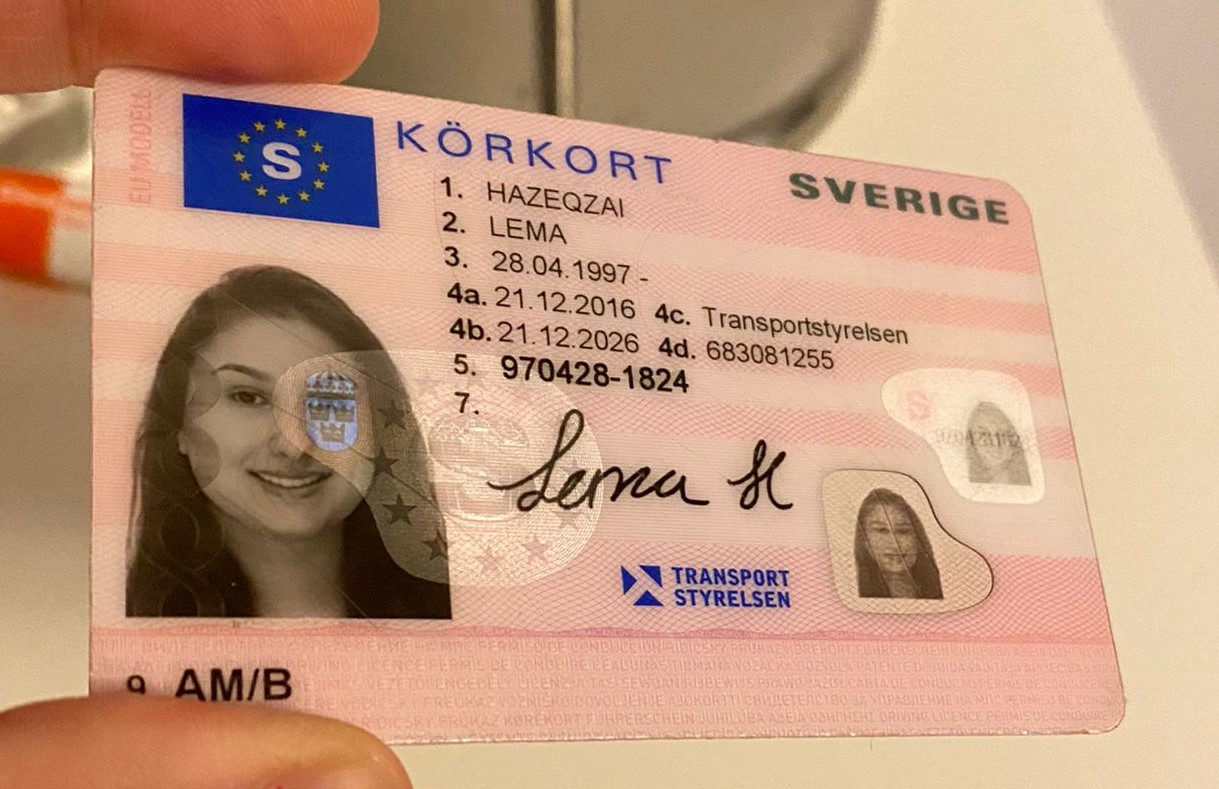The Future of Driving Licenses: ID Handling in 2025
As technology continues to progress at an unmatched rate, various sectors are accepting innovations to enhance user experience and effectiveness. Among the locations experiencing substantial transformation is identity management, particularly concerning driving licenses. With the intro of digital licenses and advanced recognition techniques, the landscape of driving license ID handling is anticipated to undergo considerable modifications by 2025. This article explores the awaited advancements in driving license ID handling, the ramifications for users, and responses frequently asked concerns about the future of driving licenses.
The Evolution of Driving Licenses
Driving licenses have generally functioned as a means of identifying an individual's authority to operate an automobile. They also serve multiple secondary functions, consisting of age verification and identity confirmation for banking and travel. Nevertheless, the physical card system has constraints, including threats of counterfeiting, loss, and outdated info. As society seriously counts on efficient and safe and secure identification systems, the shift towards digital licenses is ending up being significantly popular.
Current Trends in Driving License ID Handling
- Digital Licenses: Many states are piloting digital driving licenses that allow users to store their credentials on their mobile phones. These digital licenses are designed with innovative security features, including biometric information, and can be scanned or shared securely.
- Blockchain Technology: Some jurisdictions are exploring blockchain to improve the security and credibility of driving licenses. This innovation makes sure that info can not be tampered with which the information is quickly verifiable.
- Facial Recognition: Increasingly used in recognition practices, facial recognition innovation can accelerate the process of confirming a person's identity versus their driving license. This innovation likewise helps in reducing scams and keep the integrity of the licensing systems.
- Multi-Functional Licenses: Future driving licenses may integrate additional functions such as health records, travel paperwork, and even payment systems, providing a detailed identity option.
The Benefits of Digital Driving Licenses by 2025
The shift toward digital driving licenses provides numerous benefits, including:
- Convenience: Users can access their licenses anytime, which gets rid of the need for physical cards. This is particularly beneficial when individuals forget their license, as digital copies can be retrieved rapidly.
- Security: Advanced security measures can decrease the risk of identity theft, scams, and unauthorized duplication. Digital licenses often include encryption and biometric verification.
- Effectiveness: Reduced wait times at government workplaces and throughout traffic stops, as police can validate digital licenses immediately.
Implications for Users
While the improvements in driving license ID dealing with present many advantages, they likewise feature obstacles. Users require to adapt to brand-new innovation and guarantee they comprehend the changes and their implications. Here are some factors to consider:
- Privacy Concerns: With increased digital footprints, there will be increased issues over data privacy and how biometric information is kept and used.
- Availability Issues: Individuals without access to mobile phones or digital technologies might face barriers to acquiring and making use of digital licenses.
- Regulatory Compliance: With various jurisdictions adopting various systems and processes, users should be aware of their regional laws regarding digital licenses and identification.
Anticipated Changes in Driving License ID Handling by 2025
| Element | Present Status | Expected Change by 2025 |
|---|---|---|
| License Format | Physical cards | Mainly digital licenses |
| Confirmation Process | Manual checks | Automated biometric confirmation |
| Security Measures | Standard holograms and functions | Advanced file encryption and blockchain |
| Jurisdictional Differences | Fragmented procedures across states | More standardized national systems |
| User Interaction | In-person renewals and checks | Mobile applications for management |
FAQs
1. What is a digital driving license?A digital driving license is an electronic variation of a traditional driving license that is saved on a mobile gadget. It can be used for identification and confirmation in various circumstances, with improved security features to avoid fraud.
2. How will Adress Transportstyrelsen improve security?Digital licenses make use of encryption and biometric data, making them more tough to create or abuse compared to standard cards. In addition, blockchain innovation can make sure data authenticity and integrity.
3. Will everyone be needed to change to a digital license?While numerous jurisdictions are moving toward digital licenses, policies might differ. Users are motivated to check with their local licensing authorities for specific standards.
4. What are the prospective downsides of digital licenses?Some prospective downsides include privacy concerns regarding data storage, ease of access concerns for individuals without smart devices or digital literacy, and the need for a robust regulatory framework to manage security and user rights.
5. How can I get ready for the shift to digital licenses?Stay informed about regional efforts concerning digital licenses, explore offered mobile applications for managing recognition, and cultivate digital literacy to navigate brand-new innovations confidently.
The future of driving licenses and ID handling is poised for significant development by 2025. As Adress Transportstyrelsen end up being more prevalent, users will experience enhanced security, benefit, and performance. However, together with the advantages come challenges that will require public awareness and adaptation. Stakeholders must prioritize education, policy, and availability to make sure a smooth shift that empowers individuals with the recognition tools of the future. As technology advances, so too will the techniques through which society manages identity, particularly essential in procedures as basic as operating an automobile.

